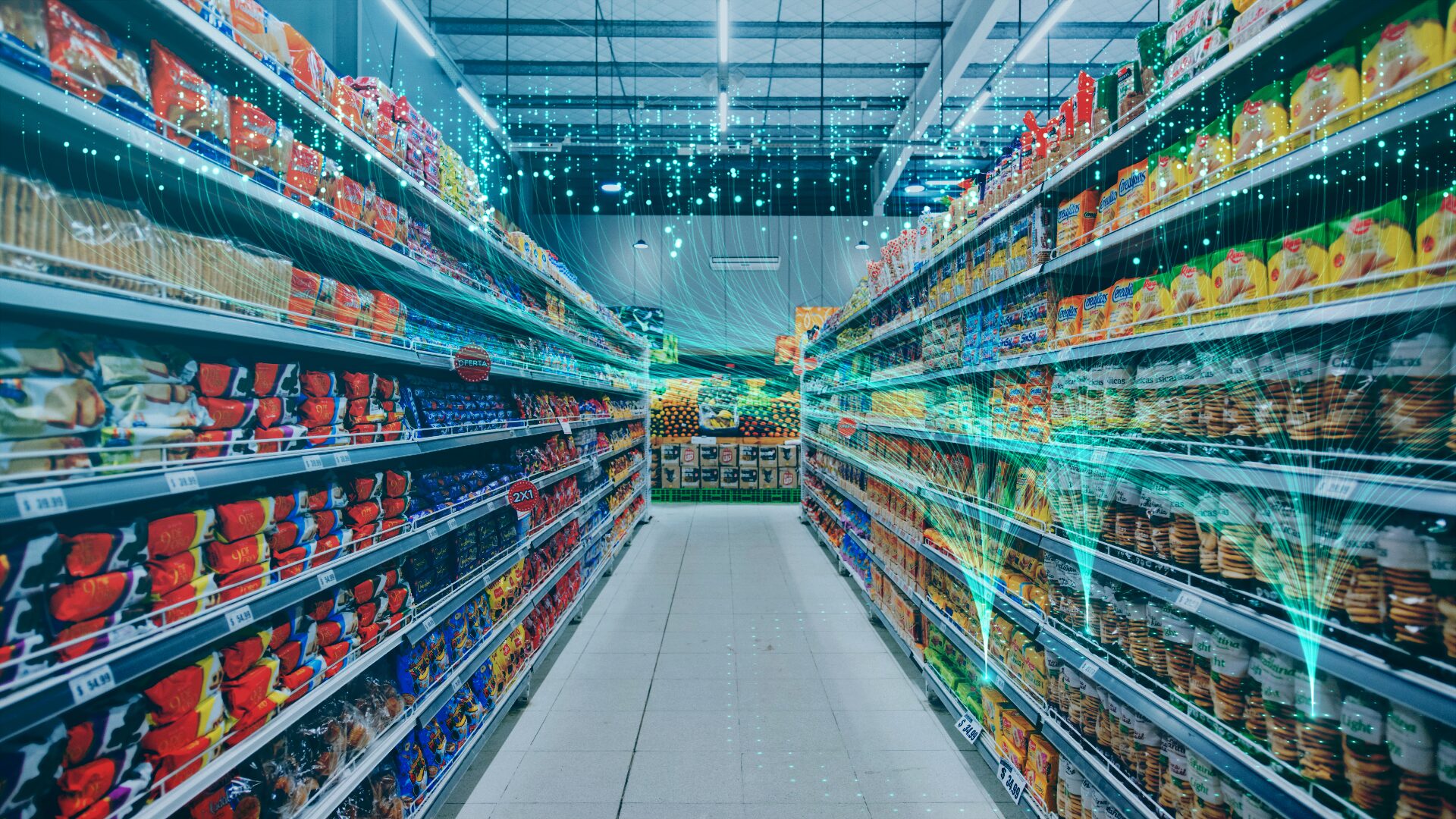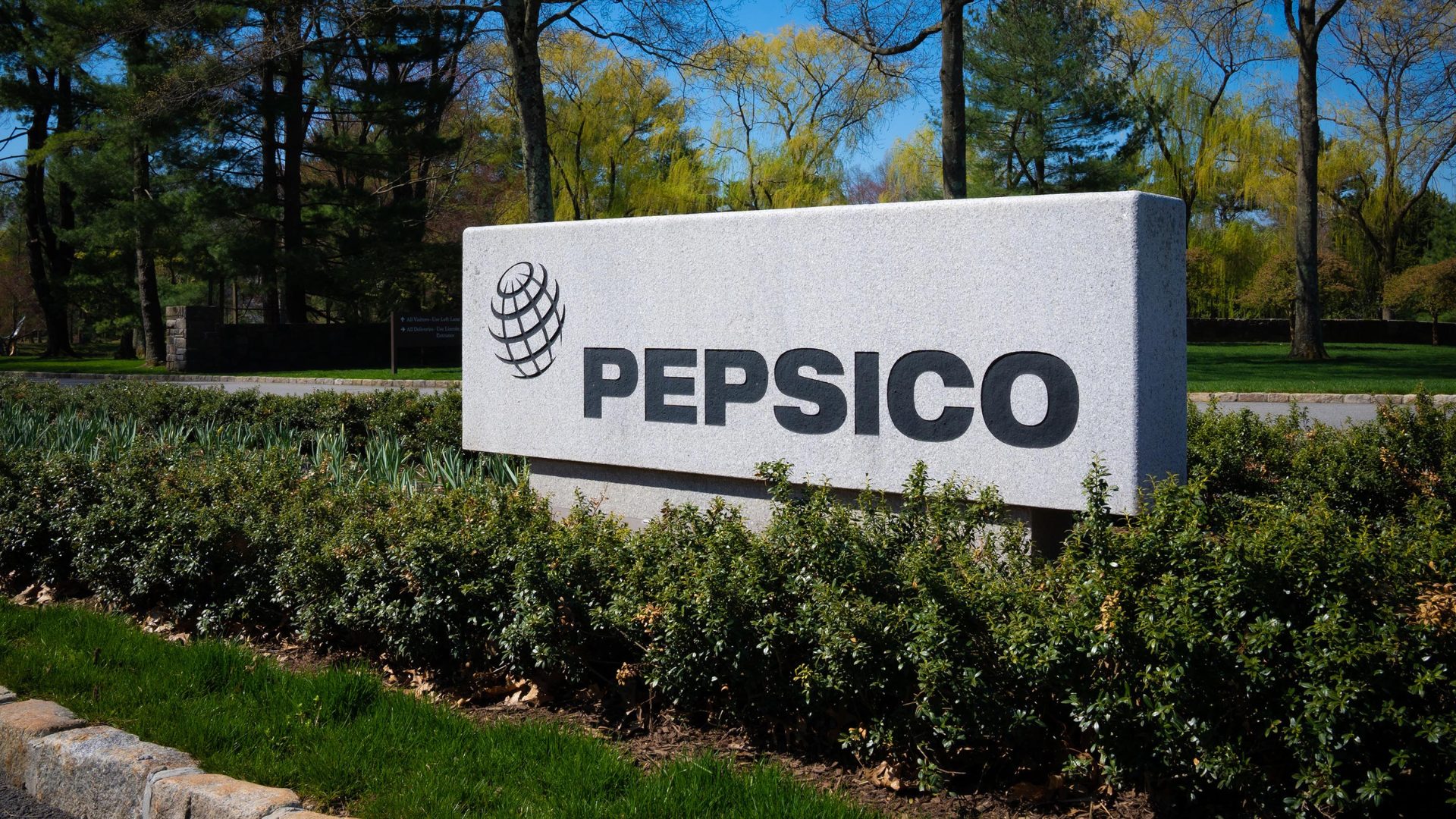Consumer price sensitivities, plus tariff uncertainty, have added up to tumult for CPG brands in 2025.
“Whether it’s tariffs or the tightening of consumer wallets, CPG brands are trying to figure out how to get the most out of each consumer, impression, visit, or purchase,” said Kevin Dunn, the SVP of brands and agencies with LiveRamp. “They’re trying a bunch of different strategies … to get consumers buying again and being more loyal.”
In 2025, most CPGs “want to understand, either from a data perspective or through partners, what it is that consumers are interested in buying,” Dunn told The Food Institute. “And: How do I understand what’s most important to them for their dollars?”
Many brands are leaning into partnerships with retailers to gain direct access to consumer-intent data.
“CPGs are really going to look to optimize their spend, to make sure that the cost of acquiring a new customer … is done in the right channel,” Dunn said.
“If I’m a CPG, I really need to understand consumer behavior so I can optimize my spend, put the right products on the shelf, and double down on investment where people are buying.”
Retail Media Networks Increasingly Important
Millennial parents and college dorm residents tend to visit retailers like Target multiple times per week these days. All those visits provide retailers with rich transactional data, informing them about which shoppers are repeat buyers or may be new to a category. For CPGs, of course, that consumer data is invaluable.
“There’s technologies in the market now that allow retailers to open up those doors to CPGs and other brands,” Dunn noted, “so that they can see consumer insights without violating privacy rules, by putting a bunch of permissions in place.
“Too many brands are still relying on sort of a ‘spray-and-pray’ brand marketing approach, versus a data-driven marketing approach.”
Dunn suggests CPGs contact their retail partners to ensure they have access to programs that allow the brands to understand their typical customers. That, he said, is a key step to putting ideal products on store shelves.
Major Innovation Ahead?
Standardization appears to be the next great innovation in retail media.
“Each of these retail media networks has their own way of giving you the outcome that was obtained by using them,” Dunn noted. “Well, imagine a world where everyone’s on a single playing field, where I know exactly the outcome I got, and it’s all standardized in how it’s reported. That can really double down my ability to make sure I’m spending” effectively.
The grocery sector has used retail media deftly in recent years. Major supermarket chains have been rather transparent with their data, sharing it in a manner that inspires CPGs to spend more. Moving forward, retailers and brands can work even more cohesively.
“Retailers have rich transactional data, but the brands actually have a bunch of digital exposure data,” Dunn noted. “So, combining this rich data set that the brands have access to with the retail transaction data will let them understand [that] the money they’re spending on, say, Pinterest, is actually driving sales of Triscuits.”
By utilizing retailers’ advanced measurement capabilities, CPGs can create marketing strategies that are both scalable and engaging.
Connecting data sets could be a game-changer, driving understanding of what’s working and what’s not. And, more importantly, during a time of economic struggles – not to mention a trade war – connecting data sets could help brands truly optimize their media spend.
“If I’m a brand,” Dunn said, “if I can get access to that audience understanding, then I can really make sure I’m spending the right dollars in the right places.”
The Food Institute Podcast
It’s tariff time, and companies the world over are working to better understand how their operations will be impacted. Jodi Ader from RSM US LLP joined The Food Institute Podcast to discuss which products and inputs are currently subject to tariffs, and how to best mitigate supply chain risks.












